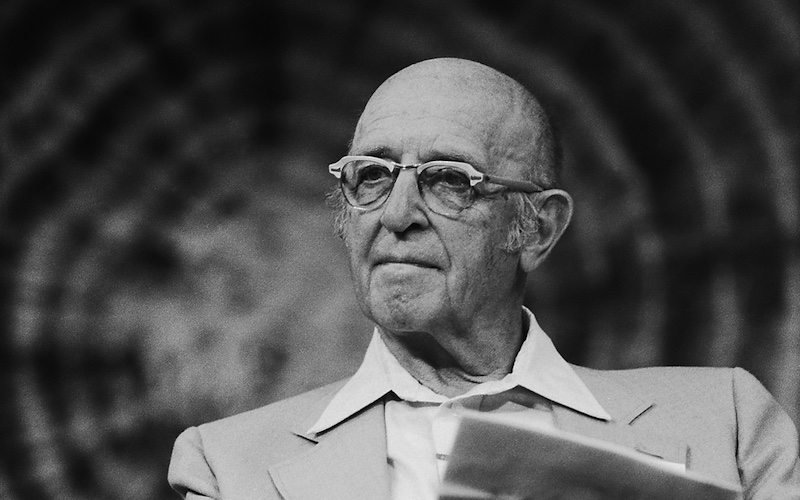9 Business Ideas for College Students


If you want to start a business in college, you’re either blissfully ignorant or crazy.
Do you have any idea how much time it takes to run a business? Imagine tripling your workload as a full-time student and you might be in the ballpark. Do you think you can handle that?
Most people can’t.
Our culture has romanticized the idea of the college startup. Businesses like Facebook, Google, and Snapchat are pointed to as shining examples of what is possible for college entrepreneurs. These are the ultra-successful moonshots—the businesses every young entrepreneur knows they’re destined to start. But the reality is, for every ultra-successful Facebook, there are thousands* of failed businesses that never make it off campus.
You can’t ignore the realities of being a student. Your classes, homework, physical and psychological well being are all going to (rightfully) demand your attention. Have you ever met a college student who had the extra time, energy, and money lying around to start a business? I bet you haven’t. How do you plan to start your business without these crucial pieces in place?
You can try, but you’re probably going to fail spectacularly. These things are not easy to accomplish.
Despite all of this, if you’re persistent and crazy enough to try, it is possible to be a college entrepreneur. You just need to be smart about it.
I know, because I did it.
Here are 9 businesses you can realistically start in college
If you’re a student at a traditional university, there are only a few types of businesses you can realistically start. With the limitations on your time and attention, founding a large-scale coffee roasting company, for example, might be beyond your reach. However, there are certain businesses that are much better at working with or around your limitations as a student.
Knowledge-based businesses
Because so much of your mental bandwidth is already taken up by classes, it’s important to leverage knowledge you already have. Starting a business that requires you to learn completely new skills or gain specialized knowledge would put much more stress than you want. So be careful! This type of business can quickly lead to burnout.
Here are a couple business opportunities that naturally grow from knowledge you’re already gaining.
1. Tutoring
College is hard. However, there’s always at least one subject you naturally excel at. Why not make a little money on the side by tutoring on a subject that you’ve already mastered?
Tips for starting a tutoring business:
Let the professors who teach your chosen subject know that you’re available to tutor any of their students who need help.
You likely won’t earn enough to retire with this business. Aim to earn a little more freedom, not your first million.
Be disciplined and clear with your schedule. Work by appointment primarily; keep strict “office hours” only for your best clients.
2. Consulting
Consulting can be a gold mine for business administration students who want to work for themselves while building real-world experience. For example, most businesses today use social media to market their services, and all businesses need to monitor their cash flow. However, most small business owners are too busy to develop specialized skills in either of these areas. That’s where you come in.
Tips for starting a consulting business:
Pick an area to specialize in and take as many classes as you can on that subject.
Intern with a respected organization in your chosen field to get practical, first-hand experience.
Always provide more value than is expected.
3. Coaching/training
If, like me, you’ve been an athlete for as long as you can remember, you’re in luck! There are thousands of parents across the country willing to spend hundreds of dollars for someone to give their child focused, one-on-one training.
Tips for starting a training business:
What’s the average hourly rate of training in your area? Doing a little homework to understand what’s currently being offered for your sport, and at what price, is the best way to know how you should price your services.
Never try to offer the cheapest service. Make your service more attractive by offering something unique or extra at the same price.
Get your name out everywhere that your potential clients go. Your church, local athletic clubs, and high schools are also great places to find clients.
Expertise-based businesses
Expertise-based businesses take a lot of time and attention. These are services. More than that, these are expert services provided at a premium price.
In order to start a successful expertise-based business in college, you’ll need to limit how many clients you take on. If you’re not careful, your business could easily dominate your time, and you’ll find yourself flunking out of English 101 because you forgot about that 10-page essay that counts for half your grade.
4. Editing and professor proofing
If you happen to be one of those lucky souls gifted with the written word, your skills are in high demand on every single college campus. Simply posting “I will edit your paper for the price of my next meal” on the community bulletin board will bring in so many clients that this type of business almost runs itself!
Tips for starting an editing business:
Become familiar with the quirks of the professor who will be grading the paper.
Limit the scope of your services. You will be asked to write papers for your clients. Don’t. That’s how you get in trouble. Be clear about what you are (and aren’t) willing to do for your client before starting.
Just like with the tutoring business above, you won’t earn a ton of money with this business, but you might earn a little freedom.
5. Photography
Kristen Faulkner started her photography business as a senior in college. While taking pictures of interesting things and people started out as just a hobby for her, it has since grown, naturally, into a small business.
Tips for starting a photography business:
Take great pictures, post them on social media, and consistently let your followers know that your available for hire.
Focus on producing lots of content and growing your community. The more eyes you have on your pictures, the more business opportunities come your way.
Never be satisfied with your current skill level or experience.
6. Web Design and development
Web design and development is always in demand, but rarely done well. Very few business owners have the time or desire to learn the basics of web development. Because of this, most are willing to pay a premium price for a well-designed website that makes their business look great.
Tips for starting a web development business:
Do some research on potential clients before contacting them. Understand their business goals, history, brand, and audience.
Don’t just provide a service, solve a problem the business is currently facing.
Specialize in a particular element of digital marketing and implement it in your own designs. Use this as a unique selling point for your business.
7. Product-based businesses
Of all the types of businesses you can start in college, developing and selling a product is likely to be the most difficult. However, That doesn’t mean that you can’t be successful with this type of business. If you can see a need and recognize opportunities, you can build a product-based business.
Take Letric Longboards for example. This company was started by an engineering student and a marketing student. They saw a need—broke college students need an easy means of transportation—and provided their solution by taking advantage of their opportunities.
Tips for starting a product-based business:
Don’t go it alone! Having a partner in business significantly increases your likelihood of success.
Get a mentor. Having a go-to person to ask questions, or run ideas by also increases your likelihood of success.
Take advantage of any resources your school has for entrepreneurs, like workspaces and incubator programs—or even fellow students.
Passive business
I saved this for last because this type of business is, by far, the most effective business type for a college student to pursue. Why? Because it works with the opportunities readily available to you at this stage in life while working around the limitations of being a student.
The beautiful thing about a passive business? You set it up once, and it continues to make money for you whether you work on it or not. It breaks the typical business model of trading time for money.
8. Drop shipping
This is a simple and nearly risk free business. Essentially, a drop shipping business is a product-based business without the product. You’re the middle man—selling product online, directly from the manufacturer to the consumer. Trust me, it’s easier than it sounds.
Tips for starting a drop shipping business:
Automate as much as you can. This leaves less room for human error and frees up more of your time.
Don’t just list items on amazon, build your own brand.
At least 80% of the time you spend on the business should be some form of marketing. The more traffic you drive to your products, the more growth you get when you’re not working on the business.
9. Create and sell virtual products
There is a type of passive business that requires no inventory, and no supplier at all. While this business type is dominated mostly by writers and coders, it’s very similar to drop shipping. Create a product like an app or an ebook, put it up on a large marketplace for people to find, then sit back and watch the money roll in.
Tips for starting a virtual product business:
Update the product regularly with new, up-to-date information.
Create your product for a specific niche. Narrowly targeted products sell better than products meant to appeal to everyone.
Someone who buys a virtual product is looking for immediate gratification or a quick solution to their problem. Do your best to provide that solution as quickly as possible.
Just because it’s realistic, doesn’t make it easy. But…
College is hard. Business is harder. You really would have to be crazy to do them both together.
As a college entrepreneur, you’ll face a lot of long nights and early mornings. You’ll face stress and fear bigger than you can imagine. Self doubt will try to cripple you. Even with all of the opportunities available to you, you’ll have to make very real sacrifices and agonizingly difficult decisions. You’ll have no choice but to grow and struggle through the pains that come with it.
And despite all of this, you’ll love every second of it.
Because if you persevere through the pain, if you’re smart about your approach, if you take care of yourself and maybe even give yourself the best possible chance to succeed, you’ll find that nothing you have ever done before is quite as satisfying or as freeing as being a college entrepreneur.
read more










